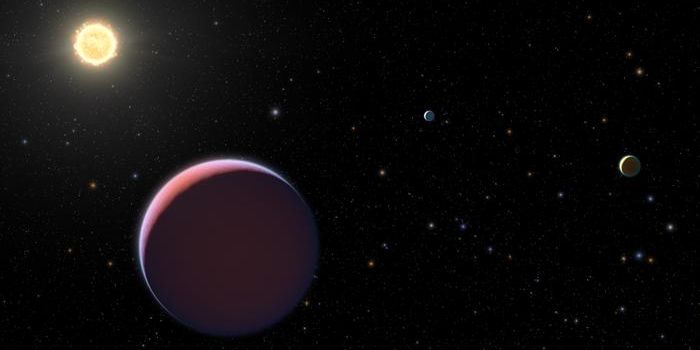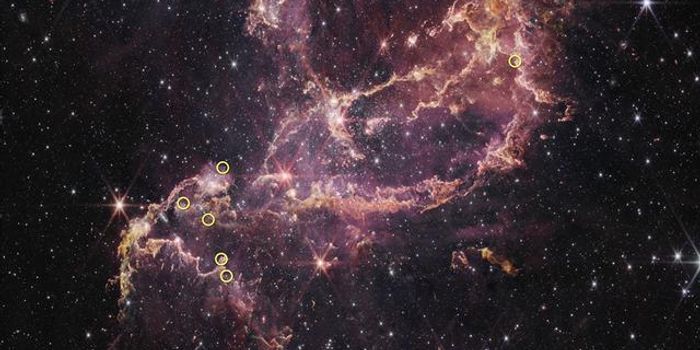Chemical reactivity flowcharts assist chemists in interpreting reaction outcomes
New research published in Organic Letters from Purdue University scientists presents the design and development of chemical reactivity flowcharts that assist chemists in interpreting reaction outcomes. The flowcharts are trained by machine learning models.
"Developing new and fast reactions is essential for chemical library design in drug discovery," said Gaurav Chopra, an assistant professor of analytical and physical chemistry in Purdue's College of Science. "We have developed a new, fast and one-pot multicomponent reaction (MCR) of N-sulfonylimines that was used as a representative case for generating training data for machine learning models, predicting reaction outcomes, and testing new reactions in a blind prospective manner.
"We expect this work to pave the way in changing the current paradigm by developing accurate, human-understandable machine learning models to interpret reaction outcomes that will augment the creativity and efficiency of human chemists to discover new chemical reactions and enhance organic and process chemistry pipelines."
The exciting part of this innovation is that it does not require large-scale robotics, but rather can be used within labs by chemists doing reaction screenings. The team says this means the innovation could be translated to other chemical reactions.
"We provide the first report of a framework to combine fast synthetic chemistry experiments and quantum chemical calculations for understanding reaction mechanism and human-interpretable statistically robust machine learning models to identify chemical patterns for predicting and experimentally testing heterogeneous reactivity of N-sulfonylimines," Chopra said.
The work comes out of a collaboration with the Purdue Research Foundation Office of Technology Commercialization and highlights the wide range of applications for machine learning.

"The unprecedented use of a machine learning model in generating chemical reactivity flowcharts helped us to understand the reactivity of traditionally used different N-sulfonylimines in MCRs," said co-author Krupal Jethava. "We believe that working hand-to-hand with organic and computational chemists will open up a new avenue for solving complex chemical reactivity problems for other reactions in the future."
"In this work, we strived to ensure that our machine learning model can be easily understood by chemists not well versed in this field," said fellow co-author Jonathan Fine. "We believe that these models have the ability not only be used to predict reactions but also be used to better understand when a given reaction will occur. To demonstrate this, we used our model to guide additional substrates to test whether a reaction will occur."
Sources: Organic Letters, Science Daily








